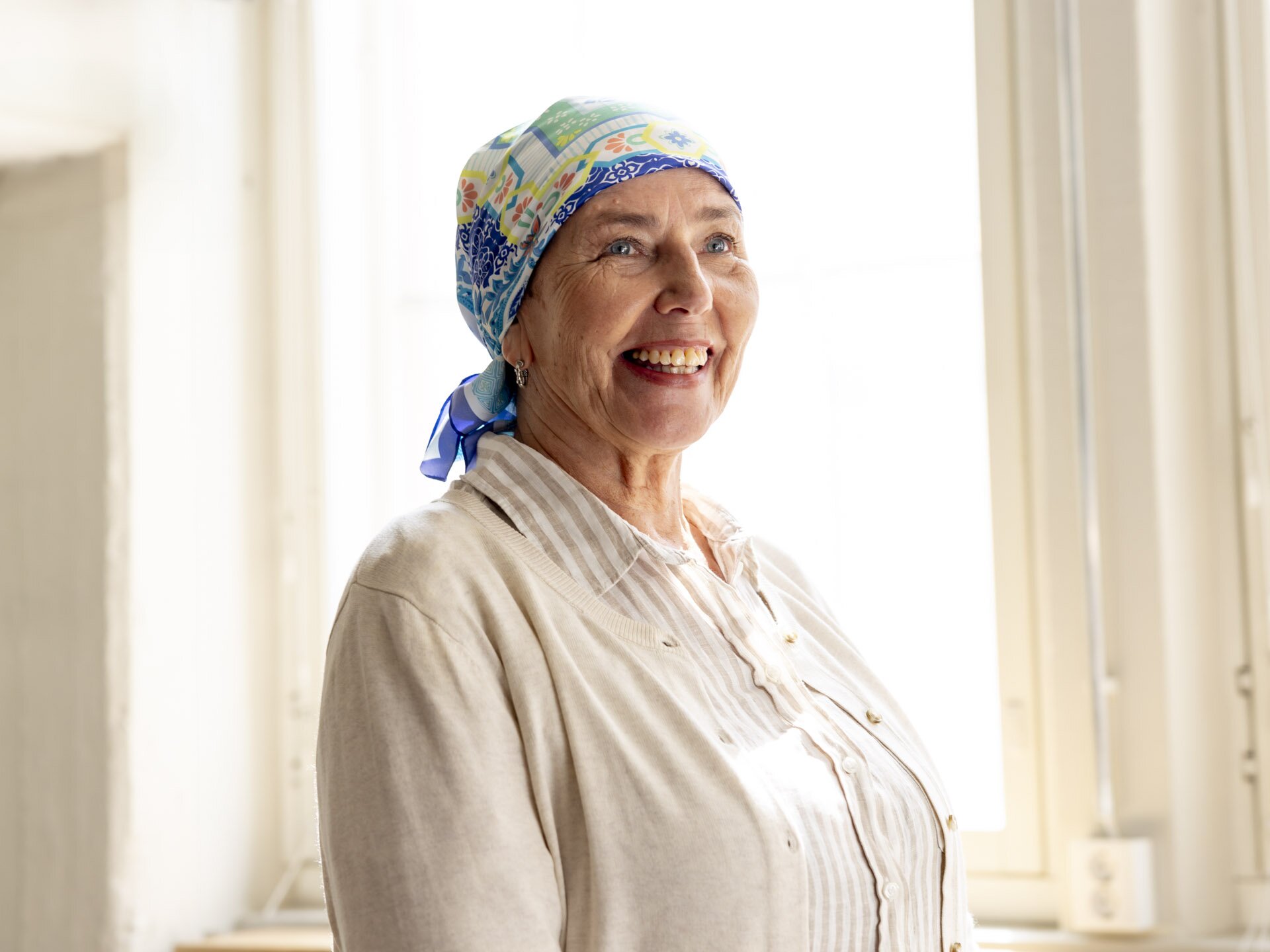Increased life expectancy is one of humanity’s greatest accomplishments.
But longevity brings challenges of its own, including rising numbers of people affected by age-related conditions like Parkinson’s disease – now one of the world’s fastest growing neurodegenerative disorders.
Parkinson’s disease is caused by the progressive degeneration of dopamine-producing neurons in the brain. This process leads to the condition’s characteristic motor symptoms of bradykinesia (slowed movement), tremors and rigidity. Non-motor symptoms may also be present at earlier stages of the disease.
Spanish neurologist, Dr. Eric Freire is one of the top specialists in the field. He’s been working with Parkinson’s disease research and treatment for more than 13 years.
"We know that the risk of Parkinson's increases with age. As population get older, prevalence is expected to increase significantly," explains Dr. Freire.
"For many years Parkinson’s was considered a disease defined only by motor symptoms. But we now know that non-motor symptoms – including sleep disorders, hyposmia (loss of smell), constipation, depression and anxiety – can be just as important."
"Some patients experience these non-motor symptoms for 10 to 15 years before we are able to make a formal diagnosis, usually around the age of 60," says Dr. Freire.
The prevalence of Parkinson’s disease had more than doubled in the previous 25 years.
Source: WHO
Correcting misconceptions
With no known cure for the progressive condition – nor a way to slow it down – treatment focuses on managing symptoms to improve people’s quality of life. While physiotherapy can play a role, dopaminergic medications are typically prescribed. These work by affecting the way dopamine is produced and used by the brain.
The medications are classified into different groups:
- MAO-B inhibitors
- dopamine agonists
- levodopa medication and
- COMT inhibitors.
While medication is the primary Parkinson’s treatment, Dr. Freire highlights the importance of a multidisciplinary approach to care. This includes using the support provided by the patient associations that exist in many countries. These groups help people to manage their symptoms and maintain independence.
"The reality is that a lot of people experience anxiety when diagnosed with Parkinson’s. They often think they will be in a bad physical condition after five years or so, but this is not true. The patient associations work on teaching people about the condition and correcting misconceptions," he explains.
More than 8.5 million people are affected by Parkinson’s disease globally.
Source: WHO
Hope remains
One of the misconceptions about Parkinson’s disease is that cognitive impairment is inevitable. While cognitive issues may occur in advanced stages, Parkinson’s is primarily a motor disorder – not a form of dementia like Alzheimer’s.
"I try to explain these things to newly diagnosed people, telling them how we have a lot of treatments that will improve their symptoms," says Dr. Freire.
"There is also research ongoing into delaying the progression of Parkinson's disease. It’s crucial to maintain hope, but the reality right now is that people need to get used to living with the condition. You can still have a very good quality of life,” he concludes.
By 2040, there could be 12 to 17 million people in the world with Parkinson’s disease.
Source: Journal of Parkinson's Disease











